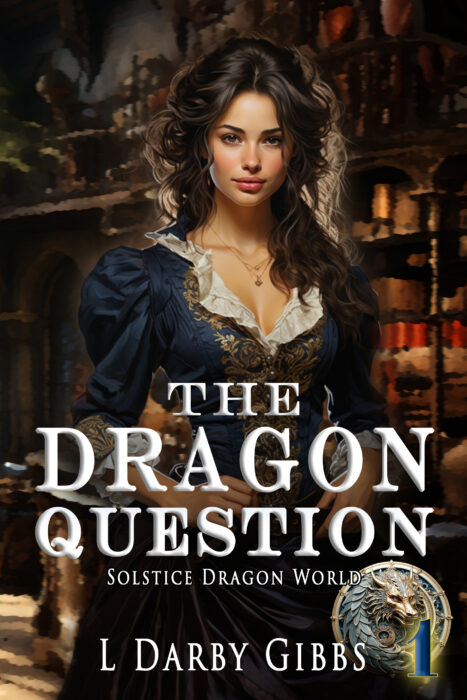Find at Amazon, Smashwords, Kobo, Barnes & Nobel. So you have some story or novel planning to do. You’re feeling a bit pressed for time or pressed with concern for writer’s block. Try a classic story line and build your story around it. A. A table has been dropped by your character’s house. It was…
Tag: frame narrative
May 25, 2015
